
The ABCs Of ACLS: An Overview Of Advanced Cardiovascular Resuscitation
Unlocking The Essentials Advanced Cardiovascular Resuscitation
As a healthcare worker, every second counts in saving a life. ACLS is an essential set of skills that can make the difference between life and death for a person having a cardiac arrest. Illinois Safety teaches people how to help with a particular class in an emergency. Taking the class will teach you what to do if someone needs help. Join us and sign up for the aha ACLS online course in the Chicagoland area today! Call us at (630) 290-4280 to get started!
Basic And Advanced Concepts Of Advanced Cardiovascular Resuscitation
It is a way to help people with trouble with their hearts. Doctors and nurses use this to save lives. The American Heart Association did the work for this program. ACLS helps people whose hearts have stopped or who are not breathing.
Certain medicines and methods are used to get oxygen and blood flow back to normal. This will help the body keep on living! The American Heart Association has made new rules for people who work in health care. People can use these rules to figure out what to do when someone is sick or hurt. Doctors, nurses, and paramedics use the rules to help people get better.
Health care workers take extra steps to help people in emergencies. This can happen if someone’s heart stops beating or has a stroke. ACLS teaches people in health care how to act quickly and correctly. Here are some things about ACLS that you should know:
1. Assessment
When giving ACLS, the first thing to do is check how the patient is. Check if they are awake, breathing okay and if their heart is beating. Check their blood pressure, oxygen levels, and other important things too. Ask them about any allergies or medicines they take so you can provide the best help.
2. Airway Management
In ACLS, it is important to make sure the patient can breathe. Check if the airway is open and not blocked. The healthcare provider may need to help by putting in a tube or helping the patient breathe with a machine. They should also give extra oxygen to the patient if required.
3. Medications
Health care workers use certain medicines to help people with heart problems. The drugs epinephrine, amiodarone, and atropine are listed here. The people who work in health care must know when and how much treatment to give. They must also know what side effects the medicines might have. Most of the time, a needle is stuck in the arm or leg to provide these medicines.
4. Defibrillation
It helps those who are at risk for heart problems. A defibrillator is a tool that doctors must know how to use. They also need to understand how to help people who aren’t breathing and need fresh air.
Health care workers need to get AHA ACLS certification online. This is because they need to know how to check out the patient. They must also help them breathe, give them medicine, and, if necessary, give them shocks. Doctors and nurses can make patients feel better and save their lives with these skills.
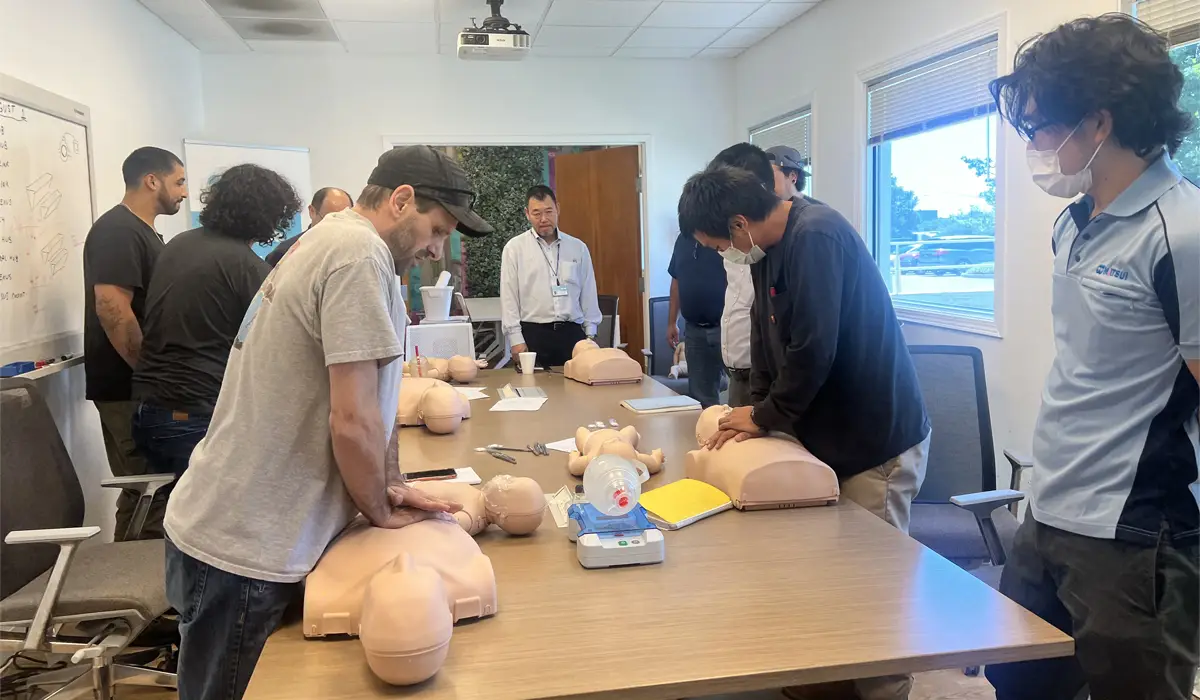
Steps In Assessing And Managing Cardiac Arrest And Shock
It is called a “cardiac arrest” when the heart stops beating. When your body does not get enough blood, you are surprised. If either of these things happens to you, you should immediately call a doctor. Here are some steps to determine what’s wrong and what to do about it.
Cardiac Arrest
Cardiac arrest is a medical emergency that needs to be taken care of as soon as possible. The following steps are taken to figure out what happened during a cardiac arrest:
Step 1: Check For Responsiveness
The first thing to do is see if the system works. If the person is not responding, call emergency medical services right away.
Step 2: Check For Breathing
Check if the person is breathing. If they are not, start doing CPR right away.
Step 3: Check For A Pulse
If you cannot feel a pulse or the vibration is very weak or irregular, this is a sign of cardiac arrest.
Step 4: Perform CPR
If someone is not breathing or has no heartbeat, start CPR immediately. This means pushing hard and fast on their chest and giving them breaths. Doing this can help keep blood moving until help arrives.
Use an automated external defibrillator (AED). If an AED is available, use it as soon as possible. An AED is a device that can deliver an electric shock to the heart, which can help restore normal heart rhythm.
Shock
Shock is a terrible problem when not enough blood gets around your body. To find out if someone has shock, doctors will do some tests.
Step 1: Check For Signs Of Shock
Check to see if someone is in shock. Signs of shock are a fast heartbeat, cold and wet skin, low blood pressure, and inability to think clearly.
Step 2: Check For The Underlying Cause
The next step is to find out why the person is in shock. Reasons include bleeding, insufficient water, heart problems, or allergies.
Step 3: Call For Emergency Medical Services
If you think someone is in shock, call emergency medical services right away.
Step 4: Treat The Underlying Cause
The next step is to deal with what caused the shock in the first place. Fluids, drugs, or blood transfusions might be given.
Step 5: Elevate The Legs
Elevating the person’s legs can help improve blood flow to the heart and brain.
Step 6: Keep The Person Warm
Shock can make your body cold. Keep the person warm with blankets or other coverings.
Cardiac arrest and shock are severe. Emergency help is needed right away. You should call for help and do CPR, use an AED machine, and try to find the cause of the shock. It is important to act quickly because it can mean life or death!
Medications And Equipment Used In ACLS
ACLS stands for “Advanced Cardiac Life Support.” It helps people in times of medical emergencies. It’s important, and you need to act quickly. ACLS uses medicines, electrical therapy, and ways to keep the airway open. Here are the various kinds:

Airway Management
Airway management helps people breathe better. It is important in ACLS. Special equipment is used to help people with airway management.
Bag-valve-mask (BVM). A bag-valve-mask helps someone who cannot breathe. It is a unique tool with a bag and a mask. Squeeze the bag to give them air.
Endotracheal Tube (ETT). An endotracheal tube is a tube that goes into your mouth or nose. It helps make sure you breathe and stops things from going down the wrong way.
Laryngeal Mask Airway (LMA). A laryngeal mask airway is an alternative to an endotracheal tube. The device is inserted into the patient’s mouth and sits over the larynx, creating an airtight seal. It is less invasive than an ETT and can be used in patients who cannot tolerate intubation.
Pharmacology
Pharmacology is a big part of ACLS. You can treat both irregular heartbeats and high blood pressure with medicine. It also improves the heart’s ability to pump blood. The following drugs are often used in ACLS:
– Adenosine
It is used to treat supraventricular tachycardia (SVT). It works by slowing down the electrical impulses in the heart.
– Amiodarone
Amiodarone treats ventricular fibrillation (VF) and pulseless ventricular tachycardia (VT). It works by stabilizing the electrical activity of the heart.
– Epinephrine
Epinephrine is used in cardiac arrest. It works by increasing blood pressure and improving cardiac output.
– Nitroglycerin
Nitroglycerin is used to treat chest pain caused by angina. It works by dilating the blood vessels, which increases blood flow to the heart.
Electrical Therapy
Electrical therapy is used to manage life-threatening arrhythmias. The following equipment is commonly used in electrical medicine:
– Defibrillator
A defibrillator is used to deliver an electrical shock to the heart. It treats ventricular fibrillation (VF) and pulseless ventricular tachycardia (VT).
– Cardioverter Defibrillator (ICD)
An ICD is a tiny device that goes under your skin. It helps keep you safe by sending electricity to your heart if it doesn’t beat correctly.
ACLS is important for helping people in an emergency. People must act quickly, use the right medicines, and have the right equipment. The correct use of these tools can save a person’s life. Doctors and nurses must learn about ACLS to help people in a crisis.
Illinois Safety can help you become an advanced cardiovascular life support expert. Our teachers will show you how to do it. We are very proud of our training program in the Chicagoland area for Advanced Cardiovascular Resuscitation.
Our team want to help medical workers to get their ACLS certification. We will give them the skills to help people with cardiac events or arrests. Call us now or fill out this form and start to get ready to handle an emergency!
Illinois Safety Classes Are As Follows:
Other Articles We’ve Hand-Picked For You:
Frequently Asked Questions
ACLS training is typically required for doctors, nurses, paramedics, and other healthcare professionals who work in emergency medicine, critical care, or intensive care.
Basic Life Support, or BLS, is a collection of basic emergency medical techniques used to stabilize a patient’s airway, breathing, and circulation. In contrast, ACLS is a more advanced set of techniques used to manage complex cardiovascular emergencies.
Ventricular fibrillation, pulseless ventricular tachycardia, asystole, and pulseless electrical activity are the most common rhythms seen in ACLS.
ACLS resuscitation should last at least 20 minutes or until the patient’s vital signs have stabilized.
High-quality CPR is essential in ACLS because it helps to maintain circulation and oxygenation to vital organs, increasing survival chances. CPR should be administered at a rate of 100 to 120 compressions per minute, with as few interruptions as possible.
ACLS post-resuscitation care improves the patient’s recovery and prevents further cardiac events. This includes checking vital signs, giving medications as needed, and dealing with any underlying medical conditions.
Effective communication is critical in ACLS because it ensures that all team members are working efficiently and that critical information is shared accurately and on time.
Acute stroke management in ACLS entails rapid assessment, supportive care, and appropriate medical intervention. This may include thrombolytic therapy, blood pressure control, and management of other cardiovascular risk factors.
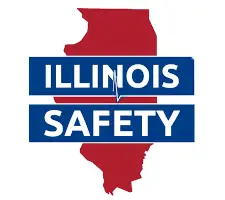
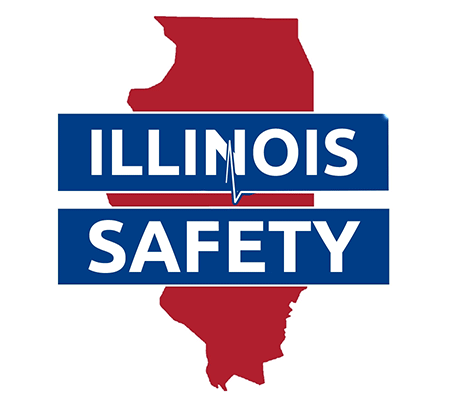

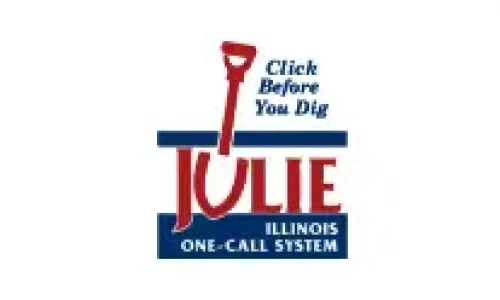
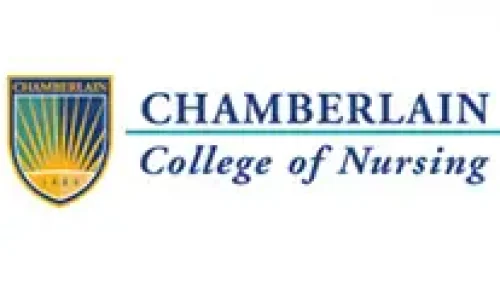



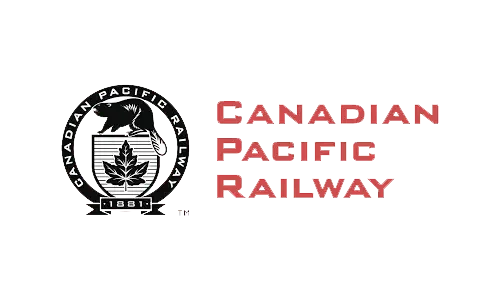


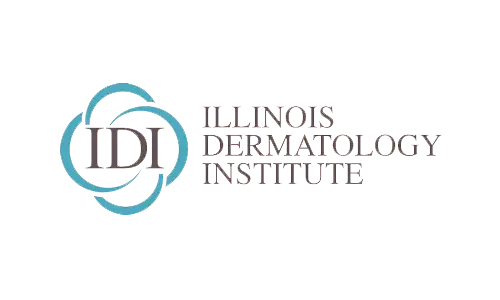
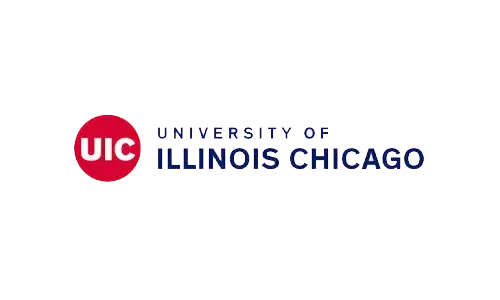
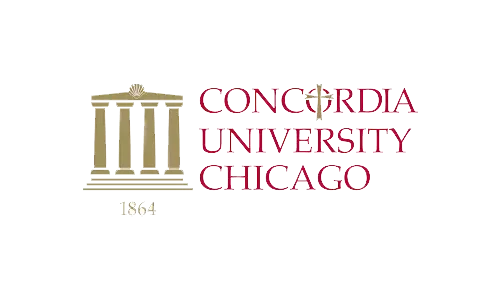
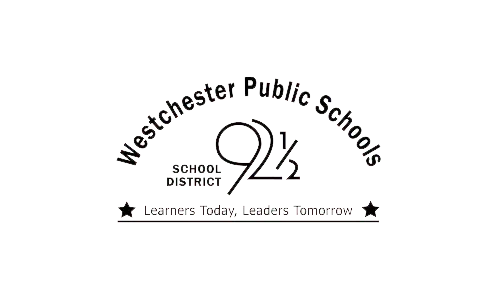
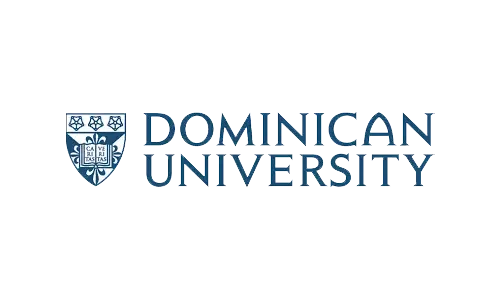
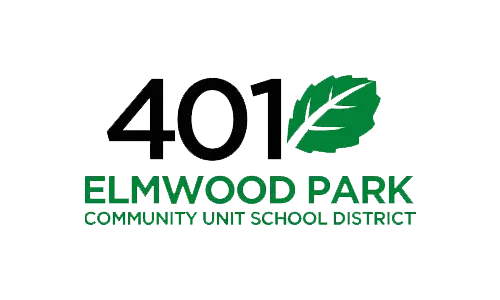

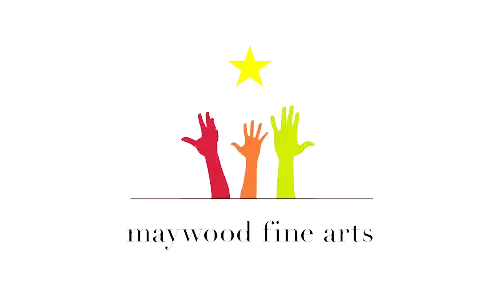

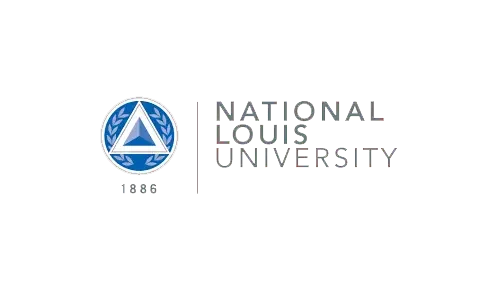
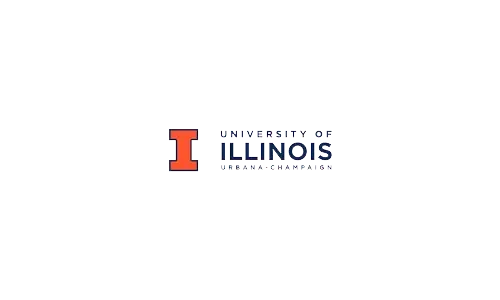
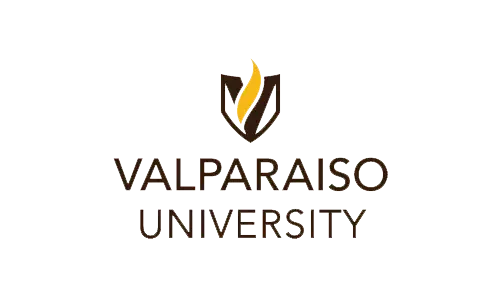
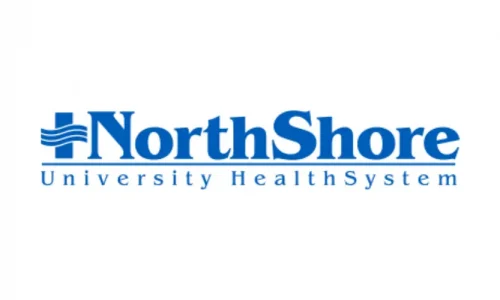
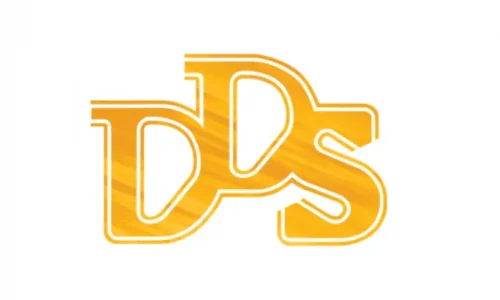
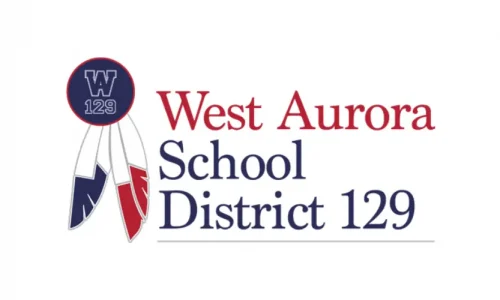


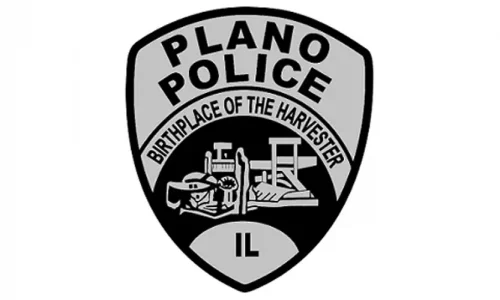
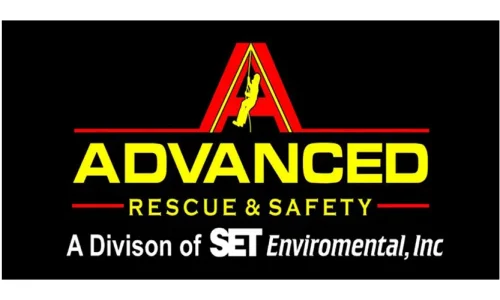


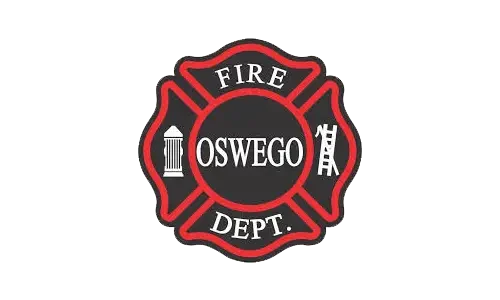
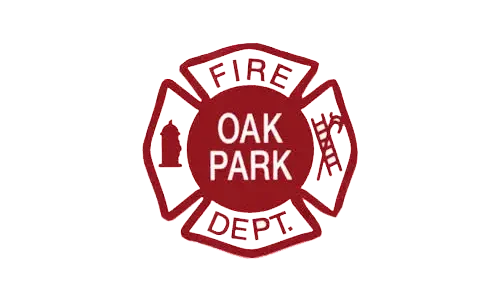

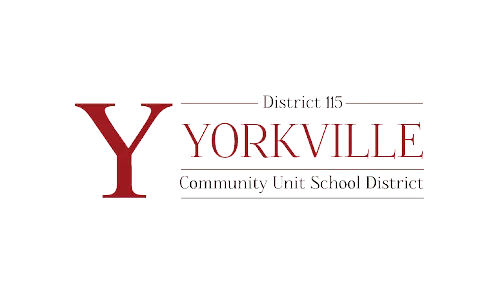
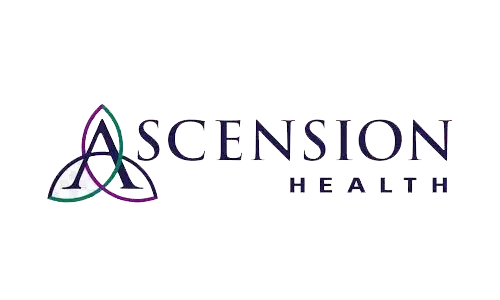



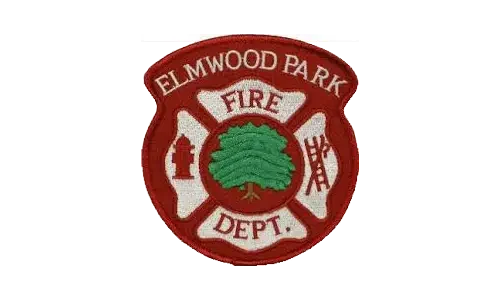
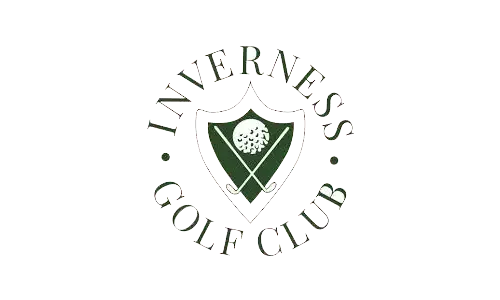

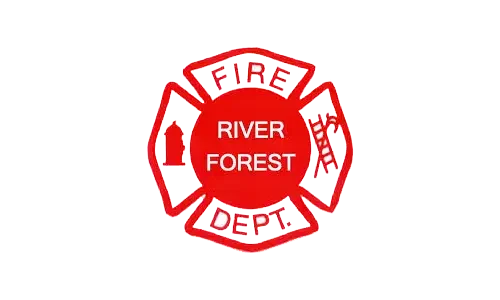
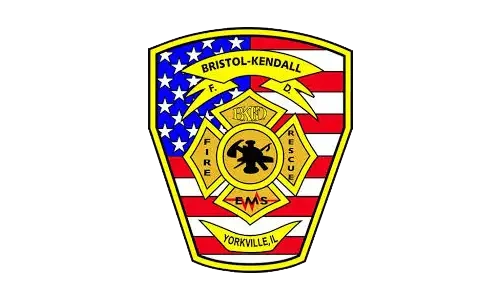


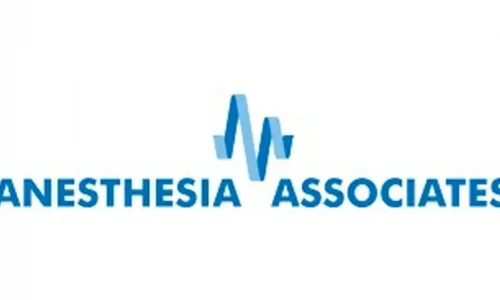



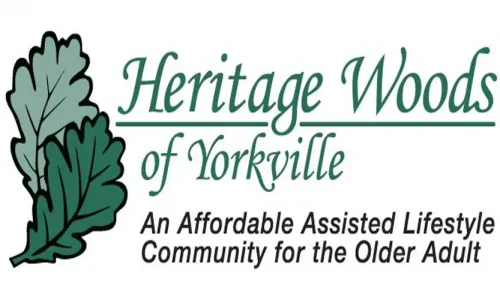
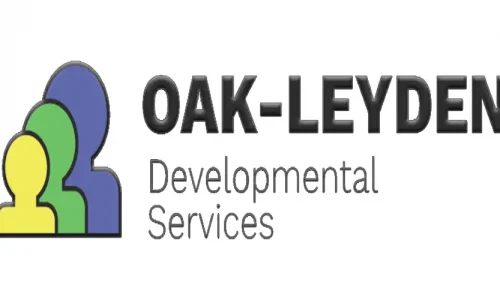
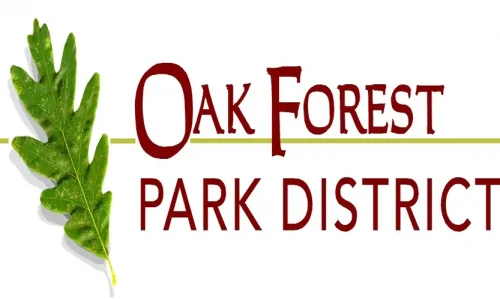
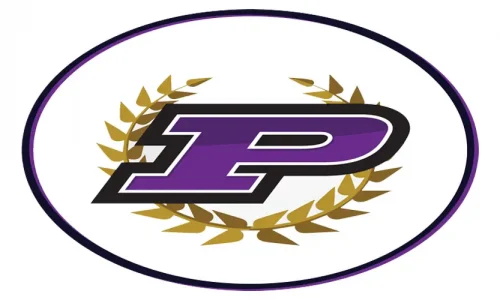

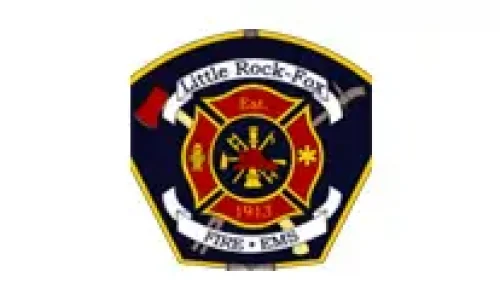
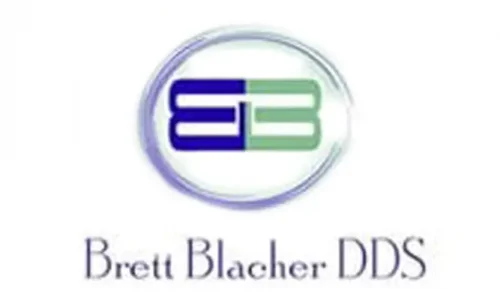



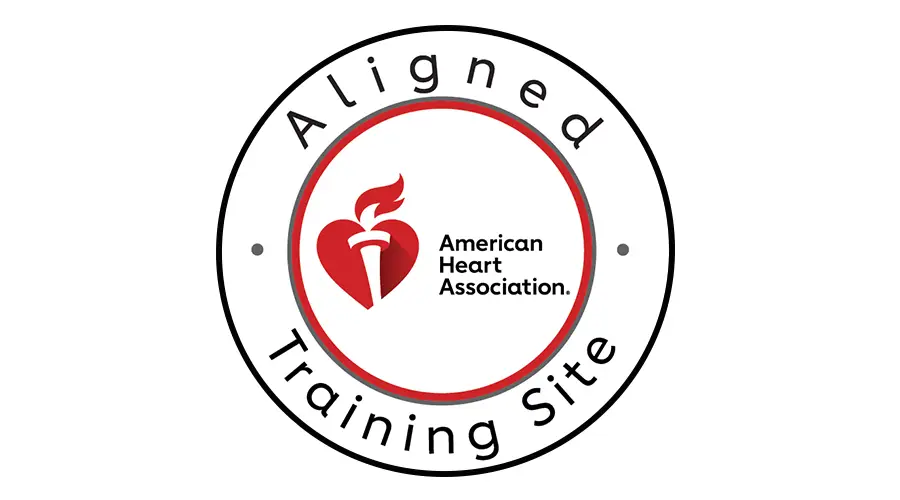
 Powered by
Powered by